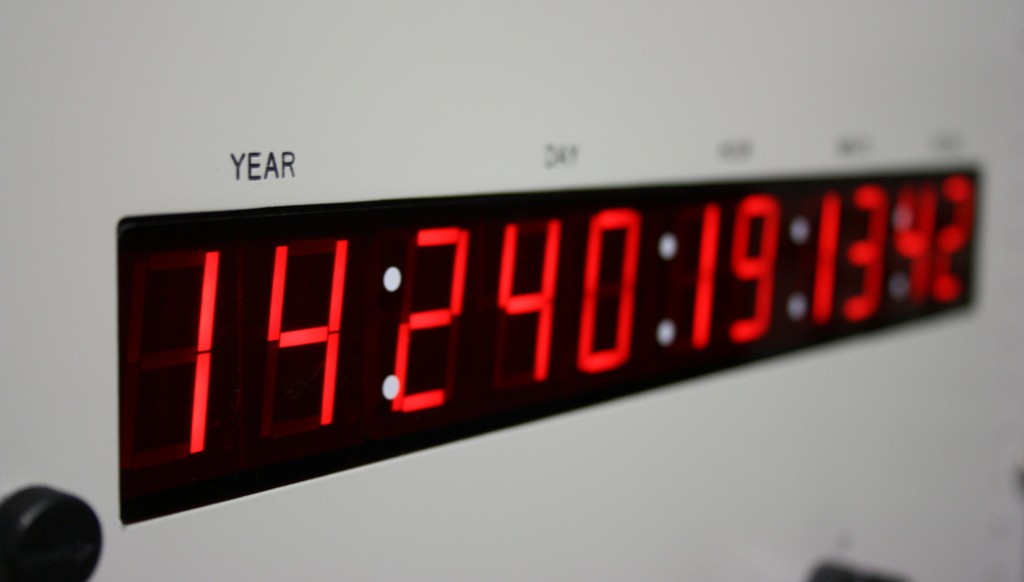(Source: Washington Post via Ulis K3LU)
If you tune a shortwave radio to 2.5, 5, 10 or 15 MHz, you can hear a little part of radio history — and the output of some of the most accurate time devices on Earth.
Depending on where you are in the United States, those frequencies will bring you to WWV and WWVH, two extremely accurate time signal stations.
Developed before commercial radio existed, WWV recently celebrated its 100th anniversary. It’s the oldest continually operating radio station in the United States.
Both stations are overseen by the National Institute of Standards and Technology, the federal agency that governs standards for weights and measures and helps define the world’s official time.
That time can be heard on shortwave radio 24/7.[…]
Click here to read the full article.
If you’d like to hear why I believe WWV/WWVH and WWVB are important services, check out this interview I did with Scott Simon for NPR Weekend Edition.


There is however the need for backup. For example the GPS system requires that there be accurate clocks which are monitored for accuracy from the ground and corrections issued. What happens if the uplink stations are subjected to disaster or conflict?
Alternatively what happen if there are big solar bursts from the sun. https://www.sws.bom.gov.au/Products_and_Services shows some of the customers of HF condition forecasting
The higher frequencies of WWV transmission are good for measuring the state of the ionosphere.
Has GPS replaced WWV?
https://www.radioworld.com/columns-and-views/readers-forum/letter-wwv-is-nice-but-not-all-that-critical
WWV is an anachronism. WWVB less so if only because there are so many “atomic clocks” in the world. I’d be sad to see them go, but their main purpose (time distribution) has been superseded.